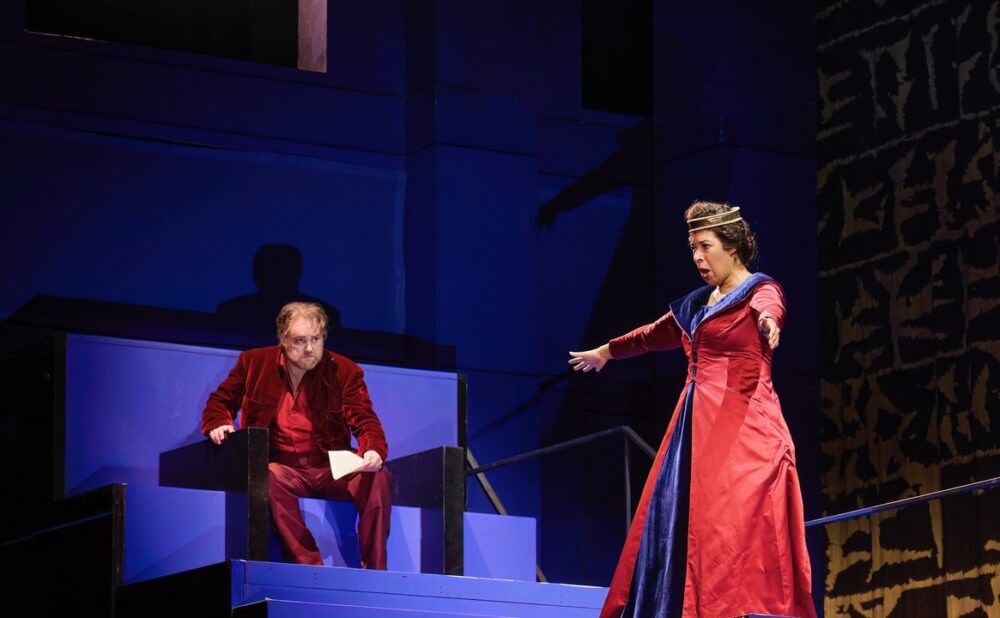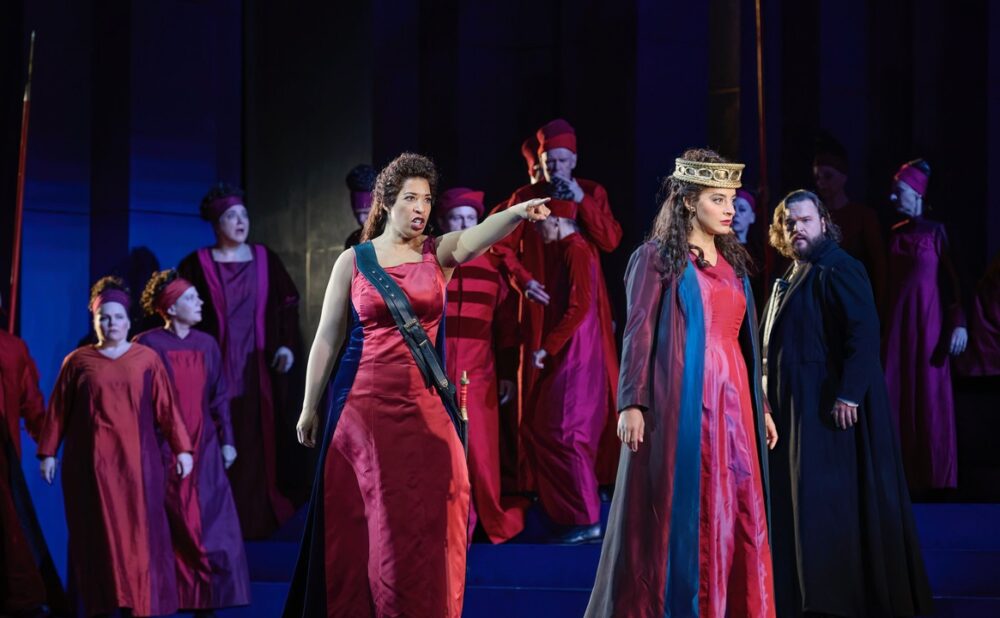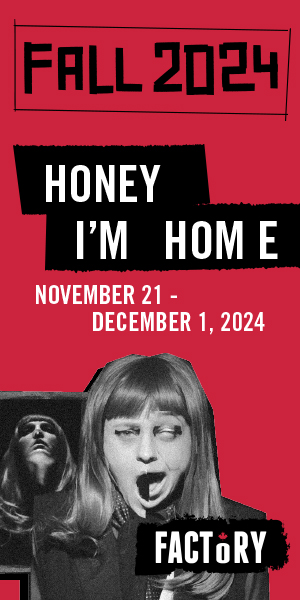Review: Hypnotic design and delightful anti-heroes combine in COC’s gorgeous ‘Nabucco’
The cast of this early Verdi opera numbers over 120
What: Nabucco
Where: Four Seasons Centre for the Performing Arts, 145 Queen St. W.
When: Now, until Sun., Oct. 25
Highlight: Soprano Mary Elizabeth Williams’s cunning performance as daughter-turned-villain Abigaille
Rating: NNNN (out of 5)
Why you should go: This Nabucco is a mesmerizing experience.
SURPRISINGLY CAPTIVATING for two-and-a-half hours of cloaked men scurrying through vast halls, the Canadian Opera Company’s Nabucco may not be an ideal opera for a first timer — the early Verdi work takes a while to reveal its splendours, a fact director Katherine M. Carter’s graceful Lyric Opera of Chicago production doesn’t do much to counter. But those who bring their patience will be rewarded: once bloomed, this flower is radiant.
Conductor Paolo Carignani leads a cast of more than 120 through the biblical tale of Nabucco, a tyrannical Babylonian king (baritone Roland Wood) who lays siege on a group of Hebrew worshippers in Jerusalem. But, as Carter underlines in her program note, a family drama of the betrayal-laden Shakespearean variety ends up taking precedence over the military plot, with Nabucco’s adopted daughter Abigaille (soprano Mary Elizabeth Williams) evolving into a caustic antihero after discovering she’s the biological child of an enslaved person.
Looming over the action are Michael Yeargan’s imposing sets — prison-like frames beset with windows, pillars and walls of lettering in Hebrew or Babylonian, depending on the scene. These unlivable surfaces lack set dressings almost completely, instead acting as barren canvases on which Carter paints with the massive chorus. Singers swarm in from the shadows before bunching up like cattle on one side of the stage as soloists march alone on one another.
Far more than human props, these figures also release majestic torrents of sound. Nabucco’s most famous musical moment — the shimmering chorus “Va, pensiero, sull’ali dorate,” also known as the “Chorus of the Hebrew Slaves” — arrives after the Hebrews are in captivity. In pale, monochromatic rags (costume design by Jane Greenwood), the ensemble calls out to the Lord for strength. Disarming stillness defines Carter and Carignani’s rendering of the composition; its beauty gushes forth almost unadorned.
Verdi folds in these choral peaks with elegance, not overdoing it; the opera’s final line is even a solo. In turn, the principals get plenty of space. Abigaille, in particular, is a delightfully flavourful role, with Williams peppering in much seasoning of her own — speeding high notes capture the character’s frustration at always being the second choice while biting low ones shoot like arrows toward her enemies. Williams’s acting demonstrates similar range, even strutting into the realm of camp at times: though Nabucco can get gloomy, Abigaille really is a blast.
And the lighting! Credited to Duane Schuler for her contributions to the original production and Mikael Kangas for his work on the Toronto transfer, the haze-filled design works in careful tandem with Yeargan’s set; trapezoidal beams poke through windows and doorways, interlocking in expressionistic patterns. Empty space, bodies and light mesh keenly in this Nabucco, making for a tactile, mesmerizing experience.









